
I’ve gotten a lot of questions about nutrition during pregnancy, what I’m eating and how I’m staying healthy, so I wanted to do a post dedicated to it!
First off, I want to say that every single person has a different experience during pregnancy and every single person has incredibly different needs. What works for me may be completely wrong for you and vice versa. Pregnancy is definitely a time to individualize the approach you take to food and nutrition (I would actually argue you should ALWAYS do this, regardless of being pregnant or not, but certainly during pregnancy is no exception).
Overall Eating Pattern
If you follow me on Instagram, you know that overall, my diet has not changed very much since becoming pregnant (except for the missing turkey sandwiches, skinnygirl margaritas, occasional glass of wine and venti iced lattes, all of which I miss dearly!). I generally eat the same way I did before, focusing on hitting the food groups that provide important nutrients: lean protein (including dairy), whole grains, fruits & veggies and heart healthy fats.
I talked a little bit about this in my 5 Pregnancy ‘Rules’ I’m Breaking post – but I think the notion that women are ‘eating for two’ when pregnant sometimes gets taken a bit too literally. Remember, for most of your pregnancy, the baby weighs less than 8 or 9 pounds. That means that there’s really no need to feed yourself like you have another full grown adult inside your belly! On the other hand, your energy requirements definitely increase, so you want to make sure getting enough. Too much or too little is not good for mom or baby (just as it wouldn’t be when not pregnant!). The amount of additional energy you need during pregnancy takes into account your pre-pregnancy weight and health, so it’s important to talk your OB about what makes the most sense for you.
Just like prior to pregnancy, I prioritize the food groups above and whole foods over more processed foods to ensure my body is getting the nutrients it needs, and the rest of the time I’m more than happy to give into my cravings. I don’t count calories, instead I listen to my body (just like I did prior to being pregnant) and let that be my guide. I also take a prenatal multivitamin with DHA every day.
10 Important Nutrients (Why They’re Important & Where to Get Them)
1. Essential Fatty Acids (EFAs)
The term ‘essential’ here not only means they’re necessary, but also that they must be consumed in the diet (our bodies are not able to make them like they are some other nutrients). If you’ve ever looked at a nutrition label and seen “Omega-6 (Linoleic Acid)” or “Omega-3 (Alpha Linolenic Acid)“, these are EFAs. Without getting too technical, EFAs also include other acronyms you might recognize from a nutrition label: linolenic acid-derived EPA (eicosapentaenoic acid) and DHA (docosahexanoic acid) and linoleic acid-derived AA (arachidonic acid). The fetal supply of EFAs relies on the maternal status which declines as pregnancy moves forward. As mentioned above, I personally choose to take a prenatal supplement with DHA. Studies have shown that neonatal DHA status is associated with a number of factors including head circumference, birth weight and length, cognitive and retinal function.
Sources: Fish (read more about seafood consumption during pregnancy here), eggs (with the yolk), vegetable/seed oils, flaxseed, english walnuts, animal products – see a more exhaustive list here!
2. Protein
Protein is made up of amino acids which are the foundational building blocks of both you and your baby’s cells. Protein plays a number of critical roles in the body and is absolutely essential all throughout pregnancy, but especially during the second and third trimesters when the baby’s growth is in high gear. During the last few weeks of pregnancy in particular, your baby’s brain utilizes the animo acids in protein to fully form.
Sources: Beef, poultry, fish, eggs, milk and other dairy products, beans, tofu, nut butters, nuts & seeds
3. Vitamin B6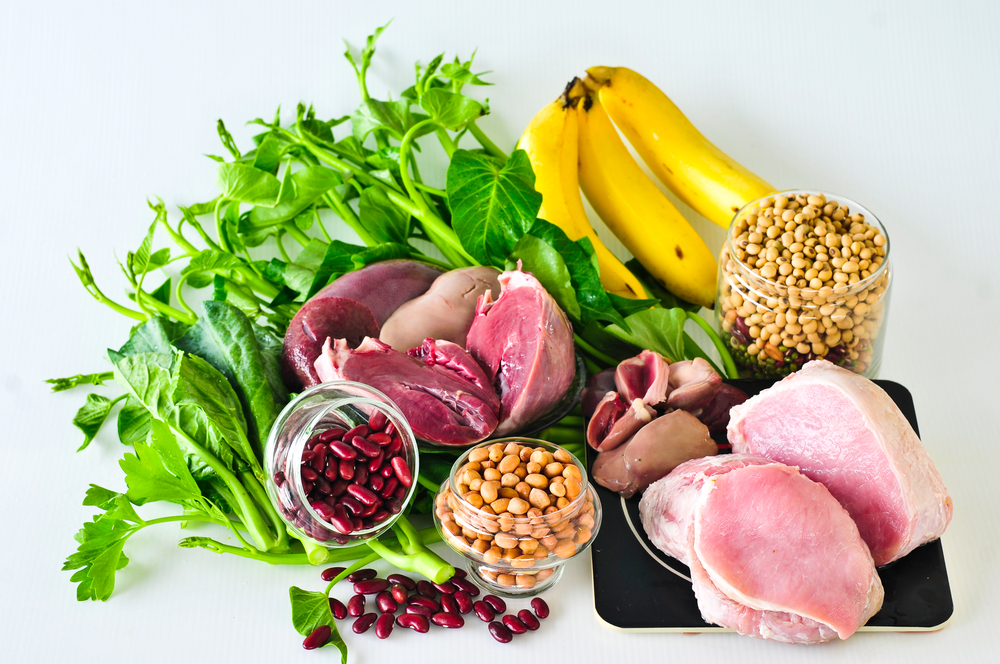
image source
Put simply, Vitamin B6 aids amino acids in doing the job they need to do within the body. Essentially if amino acids are the building blocks, Vitamin B6 is like the glue that holds those blocks together. B6 plays an essential role in brain and nervous system development for the baby. It has also been shown to help reduce the risk of neural tube defects.
Sources: Meat, soybeans, avocados, bananas, watermelon, wheat germ, brown rice, bran, oatmeal, potatoes, tomatoes and spinach
4. Folate (Folic Acid)
There’s a marked increase in the use of folate by the body during pregnancy due to a number of things (including but not limited to the increased rate of cell division in both maternal and fetal tissues and deposition in the fetus) and studies have shown that appropriate intake of folic acid during early pregnancy (usually achieved via a supplement) reduces the risk of neural tube defects in babies who are genetically predisposed. Additionally it’s critical for DNA production (which are the building blocks of our cells!), promotes growth of red blood cells and may reduce risk of other birth defects.
Sources: Citrus fruit and juice (such as orange juice), dark green leafy vegetables, dried beans, peas and nuts, avocado and fortified breakfast cereals
5. Calcium
Calcium is important in helping growth of strong bones and teeth for babies, a healthy heart, nervous system and muscles as well as development of normal heart rhythm and blood clotting. Calcium has also been shown to reduce maternal blood pressure and lower risk of gestational hypertension and preeclampsia (particularly in those with previously low calcium intake). If that’s not reason enough, it’s important to know that if you don’t get enough, the baby will resorb what it needs from your bones, which may lead to health issues for you further down the road, so it’s important to get what’s needed!
Sources: Dairy products (such as milk, yogurt and cheese), calcium-fortified orange juice and soy milk, kale, turnip greens, tofu, sardines, canned pink salmon (with bones).
6. Iron
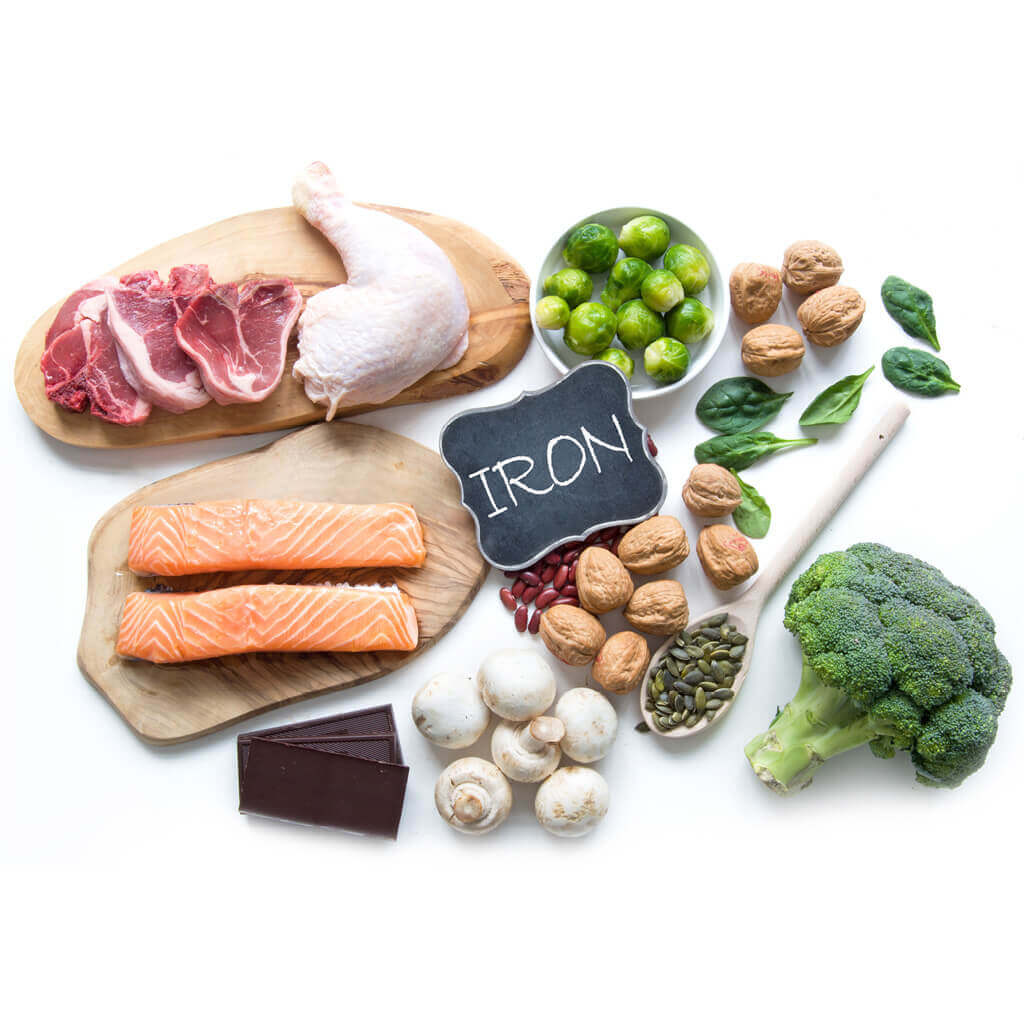
Iron plays many important roles both when pregnant and not. In general, your body utilizes iron for many processes within the body including hemoglobin creation (the protein in red blood cells that carries oxygen to other cells), as a component of myoglobin (a protein that aids in supplying oxygen to your muscles), collagen (a protein in bone, cartilage, and other connective tissue) and enzymes. It also helps to maintain a healthy immune system. Your baby will utilize iron for all these functions and more while growing and developing in utero. Additionally, during pregnancy, iron is stored by the fetus (for use up to ~6 months), deposited in the placenta and used for the synthesis of additional maternal red blood cells. Throughout pregnancy, the amount of blood in your body increases by almost 50% to support your growing baby. This means you need additional iron to make more hemoglobin to ensure your extra red blood cells are well oxygenated. Iron-deficiency anemia during pregnancy has been shown to be associated with preterm delivery, low birth weight, and infant mortality.
Sources: There are two types of iron: heme and non-heme. Heme iron comes only from animal products (such as red meat, poultry and fish) and is easier for your body to absorb. Non-heme iron comes from plants (such as legumes, vegetables and grains). Note that, while I’m not calling it out specifically, it’s also important to get enough Vitamin C in your diet (from sources such as citrus fruits and leafy greens) as it aids in the absorption of iron.
7. Vitamin D
Vitamin D is something many Americans (particularly those that live North of Atlanta) have a hard time getting enough of throughout the year. This is because there are very few food sources of Vitamin D leaving only exposure to sunlight and supplements as sources. During pregnancy, Vitamin D is important for development of your baby’s bones and teeth. Your body utilizes Vitamin D to maintain proper levels of calcium and phosphorus in the body.
Sources: Fish liver oil, milk, fatty fish (such as sardines), and eggs.
8. Iodine
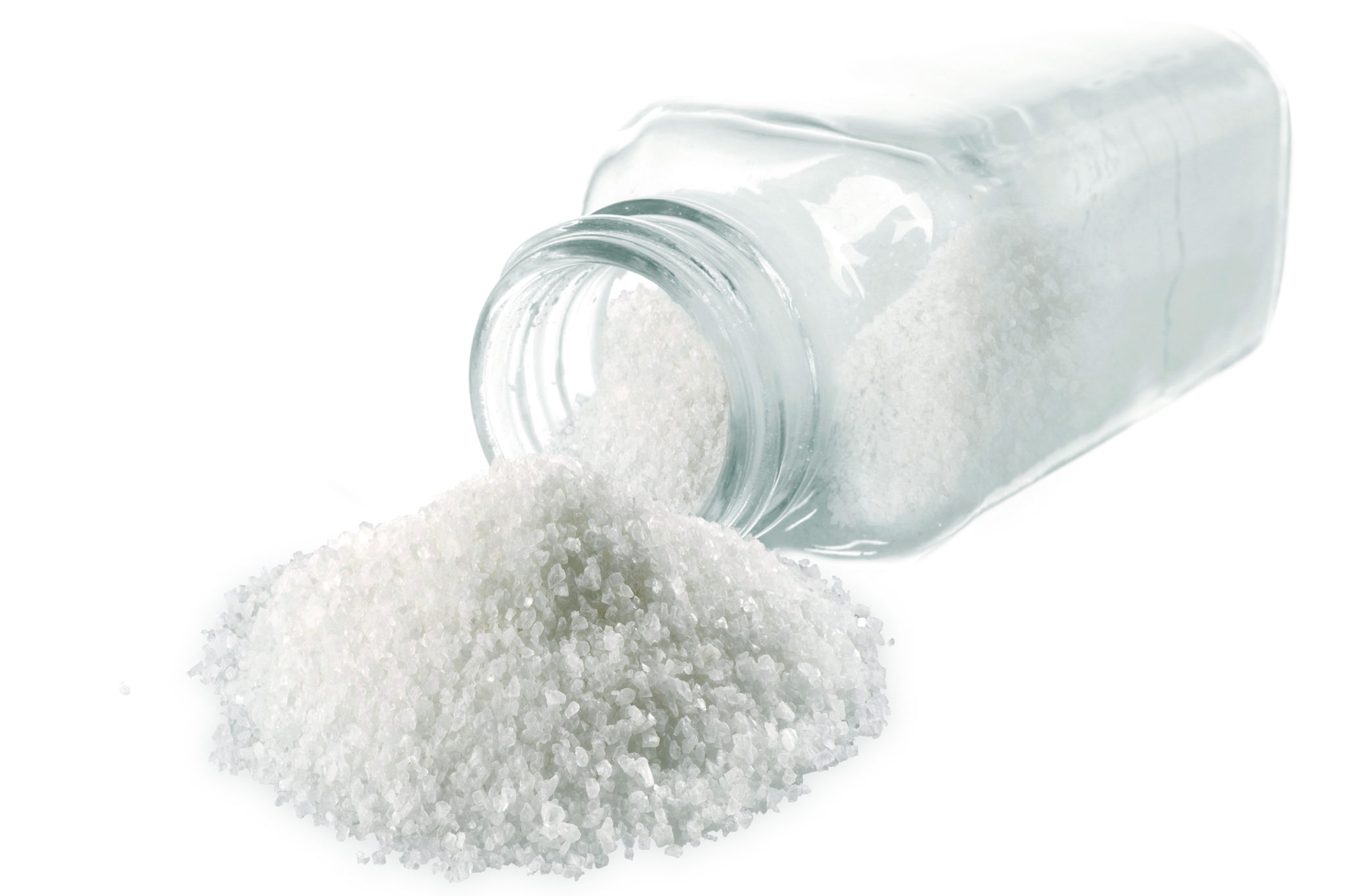
Iodine is critical to the development of your baby’s brain and nervous system as well as regulation of his or her metabolism. A lack of iodine during pregnancy has been linked with an increased risk of miscarriage, preterm delivery, and stillbirth as well as adverse effects on growth, development and cognitive function of the infant.
Sources: Iodized salt, dairy products, eggs, vegetables, seafood and brewer’s yeast.
9. Vitamin A
Vitamin A is important for the development of organs (such as the heart and lungs), bones, and eyes as well as the circulatory, respiratory, and central nervous systems. It also aids in repair of tissue for women postpartum.
Sources: There are two types of Vitamin A, preformed vitamin A and provitamin A carotenoids. Preformed vitamin A (also known as retinol) can be used directly by the body and is found in animal products (such as eggs, milk, and liver). Provitamin A carotenoids are found in fruits and vegetables (particularly orange-hued), that your body can convert into retinol.
10. Zinc
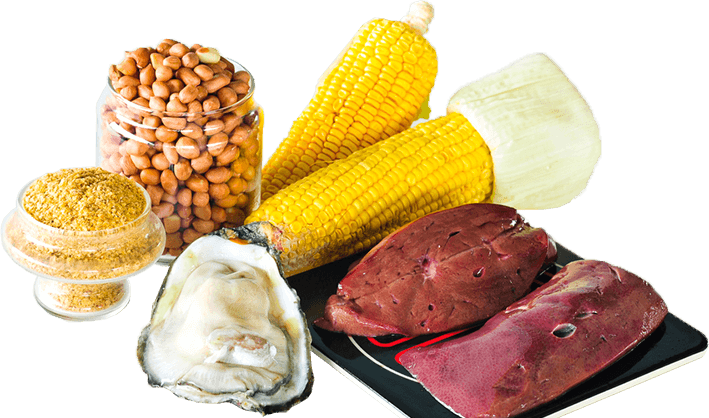
Zinc plays critical roles in cell division, hormone metabolism, protein and carbohydrate metabolism as well as immunocompetence (i.e. things like supporting your immune system and healing wounds). It also plays a role in maintaining one’s sense of taste and smell. Your baby relies on zinc for cell growth, production and function of DNA. Getting enough zinc is especially important during pregnancy to support the large amount of much rapid cell growth that occurs. Needs increase to about 11-15mg/day during pregnancy half of which is deposited into the fetus and one-quarter into the uterus. Some studies have shown zinc deficiency to lead to low birth weight among other problems during pregnancy, labor, and delivery.
Sources: Fortified cereals, red meat, shellfish, poultry, beans, nuts, whole grains, and dairy products.
Of course, all nutrients are important. The best way to approach a pregnancy diet is the same way I recommend you approach a non-pregnancy diet: eat a balanced and varied diet working to incorporate key food groups, choose a variety of colors and flavors but most of all – don’t stress too much. Getting enough calories is key so at the end of the day, eat what you can keep down!
4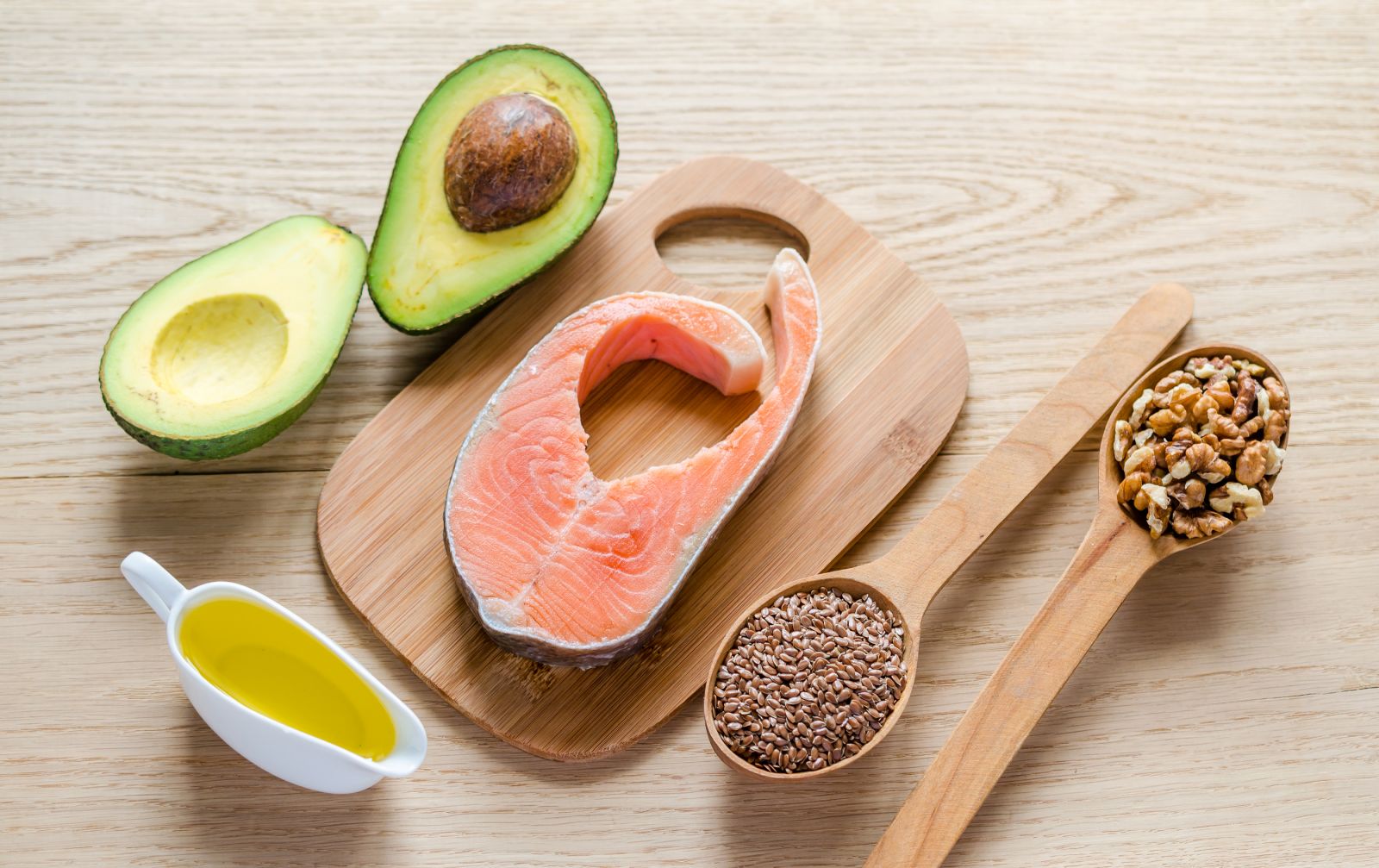
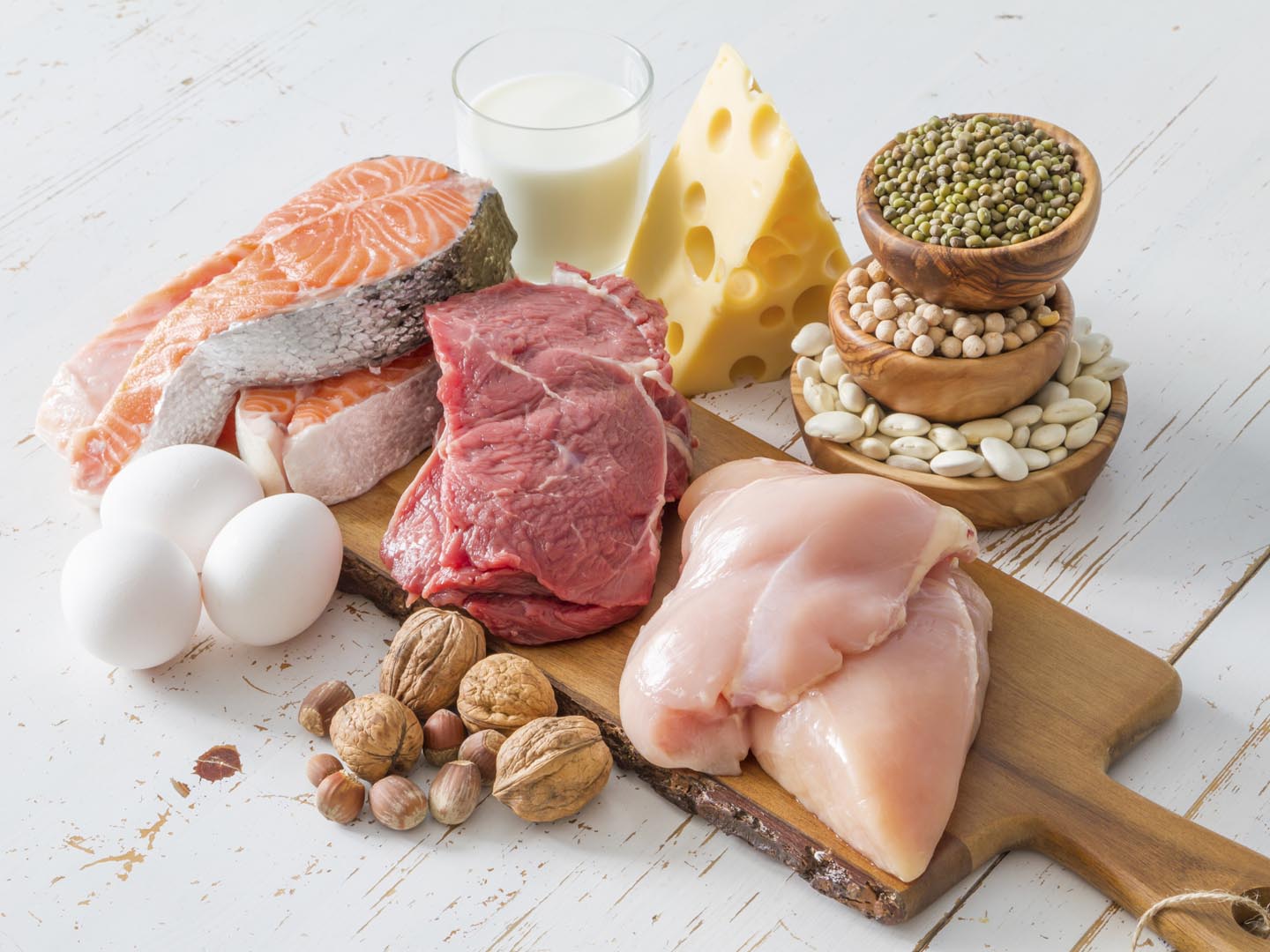
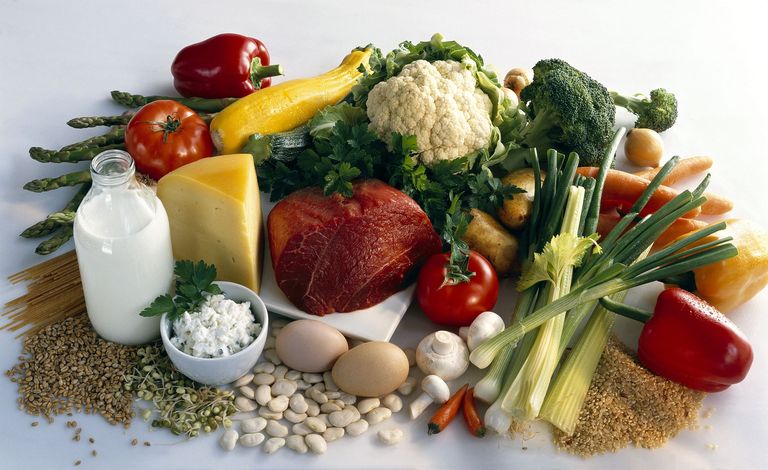

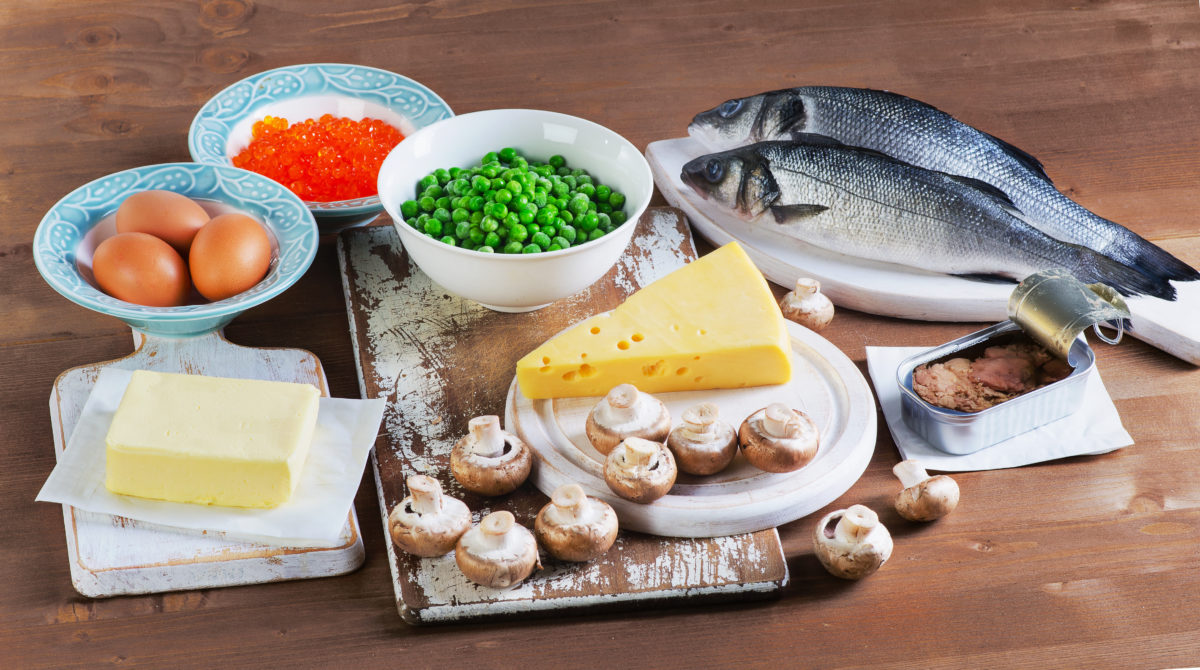
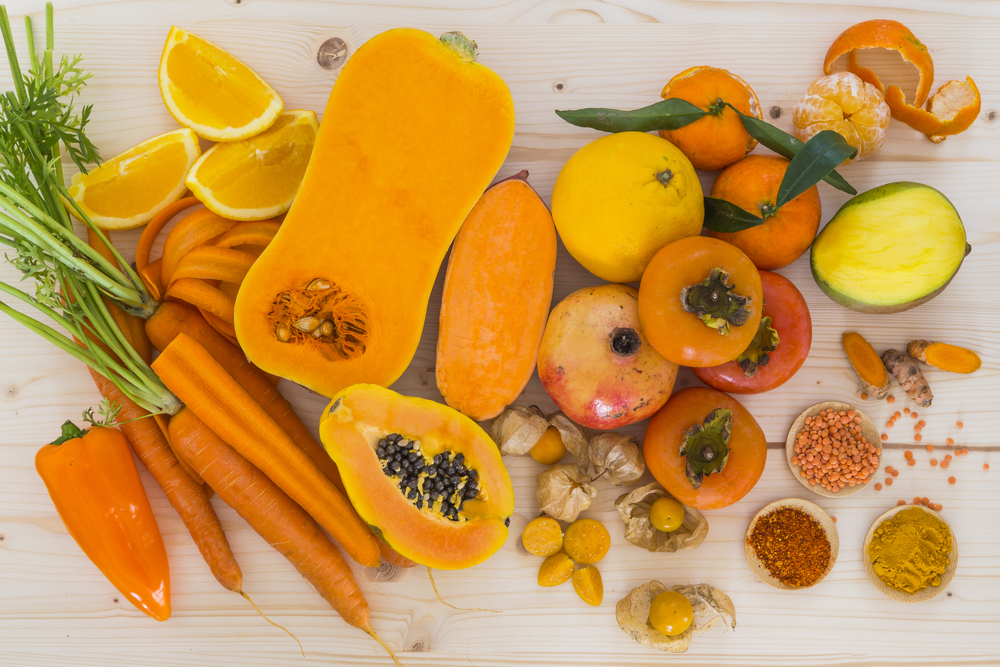
Leave a Reply